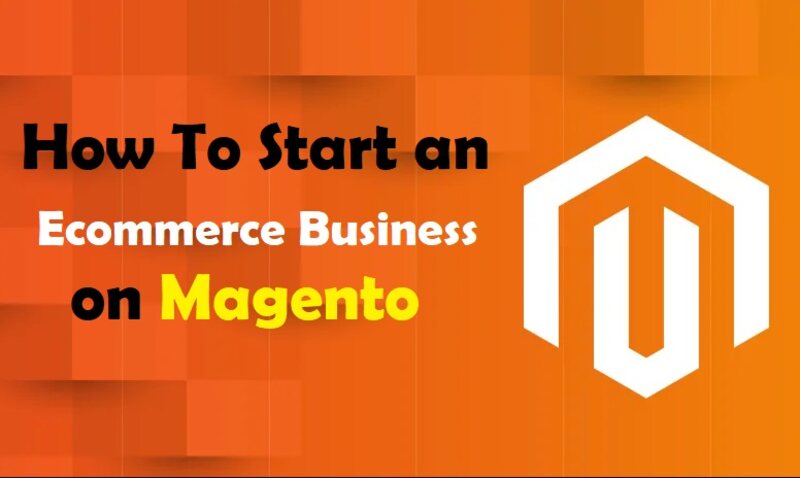The eCommerce landscape is bustling with opportunities. If you’re eyeing the vast potential of the online market, Magento stands as a robust platform to lay your business’s foundation. Recognized globally, Magento offers scalability, customization, and a slew of features designed to bolster eCommerce operations. In this guide, we’ll walk you through the process of starting your eCommerce business on Magento. And for those who may eventually contemplate diversifying their platform strategy, we’ll touch upon Magento to Shopify migration services as an option.
Define Your Niche and Product Range
Before venturing into eCommerce, determine your niche. What products will you sell? Who’s your target audience? Your decisions here will influence every other step, from Magento’s setup to marketing strategies.
Select the Right Magento Edition
Magento offers two primary editions: Magento Open Source (free) and Magento Commerce (paid). While the Open Source version provides essential features suitable for startups, Magento Commerce, albeit costlier, comes with advanced functionalities ideal for large businesses.
Acquire a Domain and Hosting
Your domain name is your online identity. Choose a name that aligns with your brand and is easy to remember. Next, opt for Magento-optimized hosting. Providers like SiteGround and Nexcess offer tailored solutions ensuring optimal performance for Magento stores.
Design and Develop Your Store
Aesthetic appeal coupled with functionality is key. Use Magento’s built-in themes or invest in custom designs. If coding isn’t your forte, consider hiring Magento developers. They can ensure your website is responsive, user-friendly, and SEO-optimized.
Implement Essential Extensions
One of Magento’s strengths lies in its extensions. These are plugins that add specific functionalities to your store. From SEO enhancements to payment gateways, select extensions that resonate with your business requirements.
Set Up Payment and Shipping Methods
An eCommerce store thrives on seamless transactions. Integrate reliable payment gateways like PayPal, Stripe, or Braintree. Concurrently, set up shipping methods, keeping in mind factors like shipping zones, weights, and costs.
Upload Products and Optimize Listings
Populate your store with products. Ensure each product page is detailed with high-quality images, descriptions, and other pertinent details. Moreover, optimize listings for search engines. This includes leveraging keywords, meta descriptions, and high-quality backlinks.
Test Thoroughly
Before going live, rigorously test your eCommerce website. This includes checking product listings, payment processes, and overall user experience. It’s pivotal to ensure that customers face no hitches when navigating your store.
Launch and Market Your Store
Once satisfied, launch your eCommerce store. But remember, building it doesn’t mean they will come. Engage in consistent marketing efforts – from social media campaigns to pay-per-click advertising, and SEO strategies.
Consider Future Platform Diversification
As your business grows, it might make sense to diversify or shift platforms. That’s where Magento to Shopify migration services can be beneficial. Whether you want to tap into a different audience or leverage specific Shopify features, know that migration options exist. Having a backup strategy or considering diversification can be a sound business move.
Monitor, Analyze, and Iterate
Use tools like Google Analytics to monitor site traffic, user behavior, and sales metrics. Based on these insights, continuously refine and evolve your strategies. This iterative process ensures your store remains aligned with market demands and trends.
Starting an eCommerce business on Magento can be a rewarding journey. The platform offers flexibility and a suite of tools designed to maximize online sales. However, it’s essential to approach this endeavor with a comprehensive strategy. From selecting the right Magento edition to considering future avenues like Magento to Shopify migration services, every decision should be well informed. Remember, in the fast-paced world of eCommerce, staying ahead means continuously learning, adapting, and growing.


